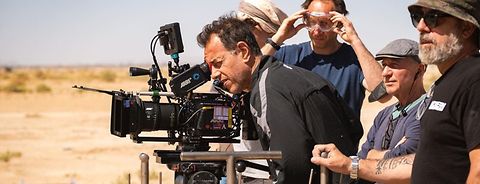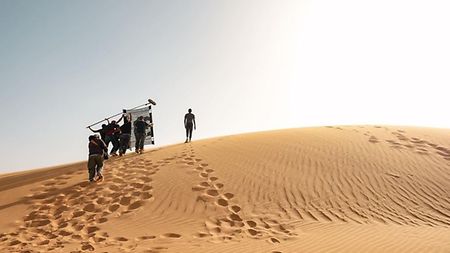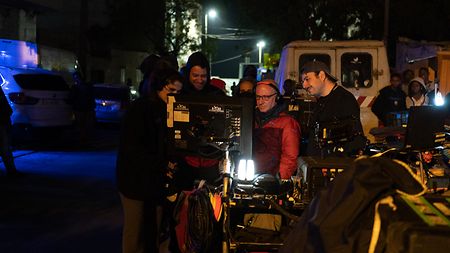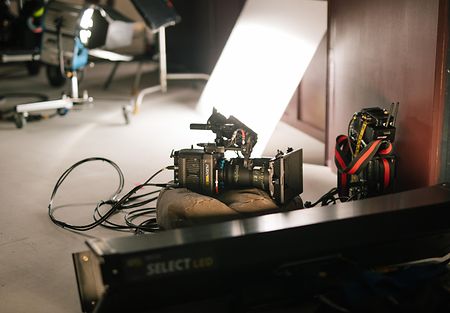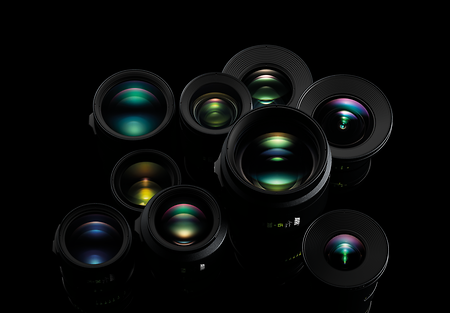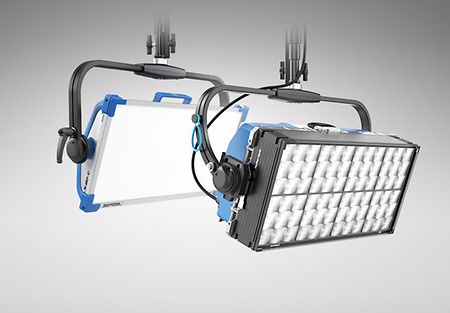Feature film “Io Capitano” tells the tale of two young men from Senegal, who go on a journey in pursuit of a dream called Europe—a contemporary Odyssey from a tiny, ramshackle house in Dakar into the desert, Libyan detention centers, and the perils of the open sea. Director Matteo Garrone’s film premiered in the main competition at Venice International Film Festival 2023 and was awarded with the Silver Lion for Best Director, while also earning critical acclaim for its authenticity, technical elegance, and excellent cast.
“Matteo didn’t want to make a film just about the hardship of the journey, of men and women fleeing war or hunger. Instead, he wanted to tell the story of two young people who, starting from Senegal, discover a world they don’t know and that is precluded to them,” says DP Paolo Carnera, who captured “Io Capitano” with a stunning, immersive immediacy. For him, it was the first collaboration with director Matteo Garrone, who had previously worked with DP Marco Onorato for a long time, while also partnering up with cinematographers Peter Suschitzky and Nicolai Brüel. In “Io Capitano,” the filmmakers tell the story of “the journey,” as it’s called by migrants who cross parts of Africa and the open sea to reach Europe, with Italy as their first landing. Interviewed by ARRI, DP Paolo Carnera shares his experiences of working with ALEXA Mini LF, Signature Prime lenses, and ARRI lighting fixtures during the shoot.
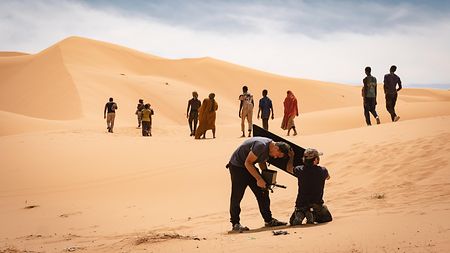
Director Matteo Garrone on set in the desert
What was the initial cue for making “Io Capitano”?
If an African boy wants to take the “journey of knowledge” that many of us did when we were young, for him the only possible way to reach Europe is to go on an illegal journey, with all the risks involved. Starting from this idea, director Matteo Garrone and I developed a visual style, using a lighter look than one might think, given the subject matter. With “Io Capitano,” the director wanted to make a film for everyone, including young people. It’s the story of an adventure, a coming-of-age movie, at times dramatic but always exciting, describing the journey of young men ready to discover the world.
Where and for how long did you shoot?
We shot two and a half weeks in Senegal and four weeks in the desert. Then we continued in Casablanca, in an urban area by the sea, where we simulated Tripoli and the detention centers. Finally, we braved the sea with a fishing boat for three weeks. Matteo shot in sequence, so the filming, as well as the journey of “Io Capitano” began in Senegal, the world where our protagonists come from. The language spoken in the film is Wolof, one of Senegal's native tongues. Some parts of the film are in French and, at times, in Italian.
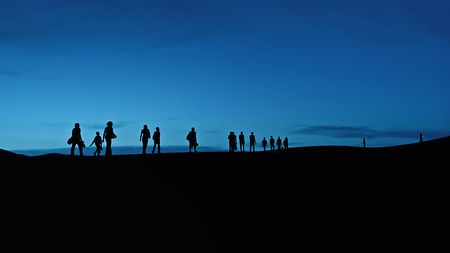
“Io Capitano” was shot in sequence, with the crew following the journey that is described in the film
Thinking of the desert and the sea, one imagines a narrative with orange and blue color dominants.
Actually, there are many colors in the film. During location scouting I took a lot of photographs. I needed them to communicate with the director and to preserve the memory of the wonderful things I saw that I wanted to include in the film. Senegal’s colors are stunning, its night lights very evocative. Then there was the desert, a boundless expanse of rocks and sand, with its difficulties and infinite beauty. We shot for five days without stopping, also at night and in the middle of a sandstorm. The images turned out beautiful. We went through “the journey” together with our protagonists, who had never been out of their country before. Traveling with Seydou and Moussa, I understood Matteo Garrone’s deep narrative needs to shoot in sequence. We tried to capture their astonishment and fears in the film, while at the same time experiencing the difficult journey together with them.
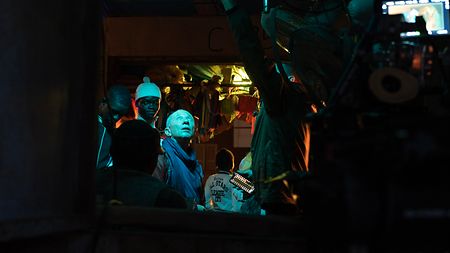
DP Paolo Carnera on set at Dakar's Medina market
Did you shoot with Steadicam or handheld?
We almost always shot with Steadicam, operated beautifully by Matteo Carlesimo and used as if it were a handheld camera. Only the last block, a very tense part of the dramatic sea voyage, was shot with a handheld camera.
What kind of research did you do before shooting?
Long before I joined the crew, director Matteo Garrone did a lot of deep research, not only on the images, but also through lots of interviews with people who have actually made “the journey.” Those interviews were the basis for writing the script, as well as for the scenographic reconstruction. But in a film, there must always be room for free interpretation. The goal is to be able to emotionally enhance the story and carefully construct the visuals. The colors of Dimitri Capuani’s set design and Stefano Ciammitti’s costumes are a direct result of the desire to make a film that is adventurous, light, painful, simple, and complex at the same time, while also being respectful of the protagonists’ culture. I drew inspiration from great reporters, above all my teacher Ernest Haas, but also from the colors of American photographer Steve McCurry and the composition of Brazilian photographer Sebastião Salgado.
